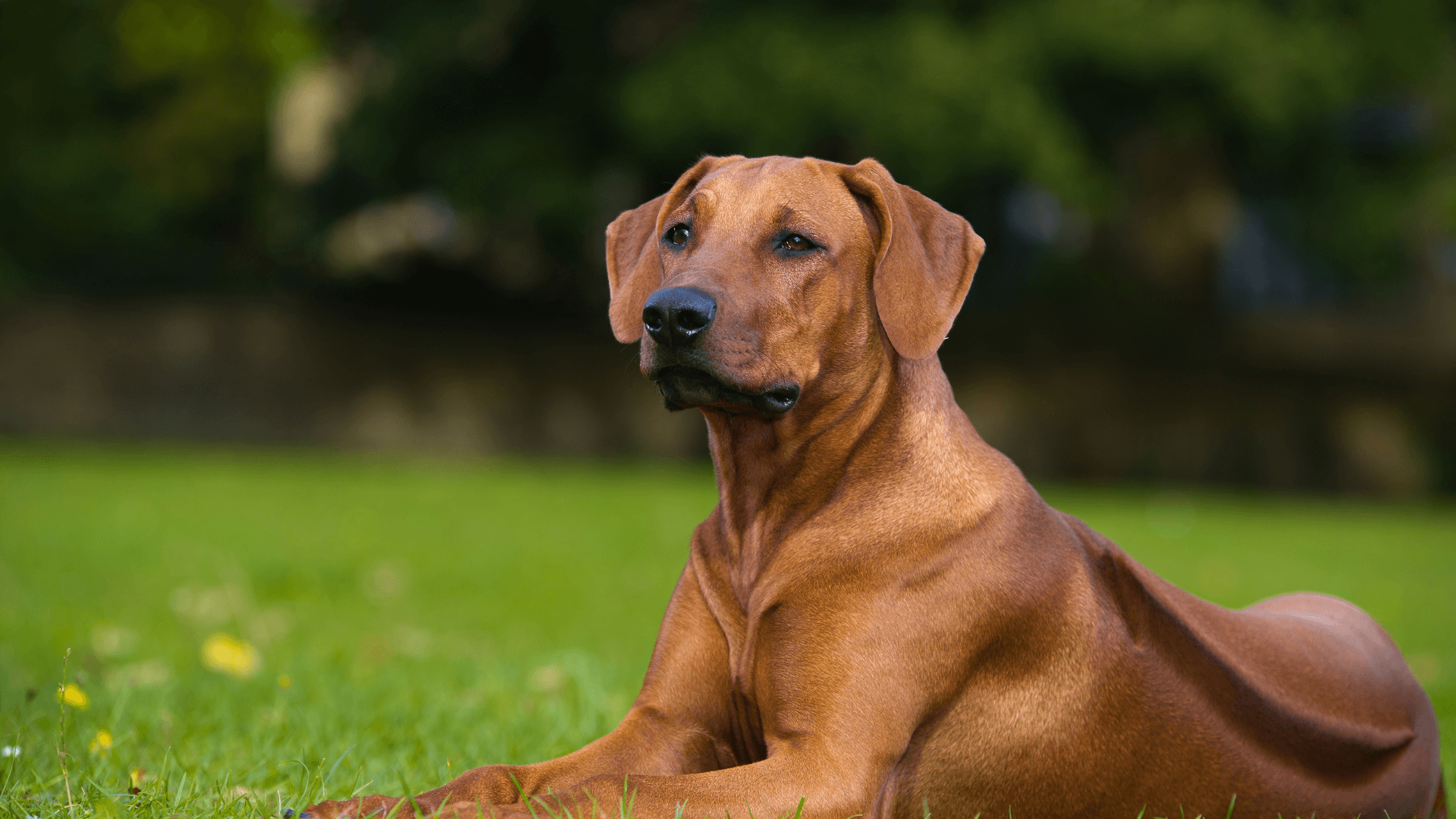Creating a pet-friendly lawn and garden involves considering the needs and safety of your pets. Here are some tips to help you make your outdoor space more pet-friendly:

choose pet-safe plants:
Research plants that are non-toxic to pets and avoid those that are toxic if ingested. Some common pet-safe options include marigolds, petunias, sunflowers, and catnip. Consult with your local garden center or veterinarian for specific recommendations based on your region and your pets.
avoid toxic chemicals:
Avoid using chemical fertilizers, pesticides, and herbicides that can be harmful to pets. Look for pet-safe alternatives or opt for organic and natural options. Be cautious when using cocoa mulch, as it can be toxic to dogs if ingested.
secure the boundaries:
Ensure that your garden or lawn is properly fenced to prevent your pets from wandering off or getting into areas that may pose a danger to them. Regularly inspect the fence for any gaps or loose sections that could allow your pets to escape.
create designated play areas:
Designate specific areas in your yard where your pets can play and exercise safely. Provide toys, balls, and obstacles for them to enjoy. This will help keep them entertained and prevent them from damaging other parts of the garden.
provide shade and water:
Make sure your pets have access to shaded areas in the garden, especially during hot summer months. Set up water stations with fresh, clean water throughout the yard to keep your pets hydrated.
create a potty area:
Train your pets to use a specific area of the garden for their bathroom needs. This can be done by using positive reinforcement and rewarding them when they use the designated area. Regularly clean up after your pets to maintain cleanliness.
avoid toxic substances:
Keep toxic substances, such as antifreeze, insecticides, and rat poison, out of reach of pets. Store them in secure locations where your pets cannot access them.
check for hazards:
Regularly inspect your garden for potential hazards that could harm your pets, such as sharp objects, thorny plants, or exposed electrical wires. Remove or secure these hazards to ensure your pets’ safety.
consider pet-friendly landscaping:
Incorporate pet-friendly features into your landscaping, such as a small dog-friendly trail, a sandpit for digging, or a shallow water feature for dogs to cool off. These additions can provide enrichment and entertainment for your pets.
supervise and interact:
Spending time with your pets in the garden not only ensures their safety but also strengthens your bond. Supervise them while they are outdoors, engage in playtime, and provide plenty of love and attention.
Remember, every pet is different, so be mindful of their individual needs and behaviors when creating a pet-friendly lawn and garden.

